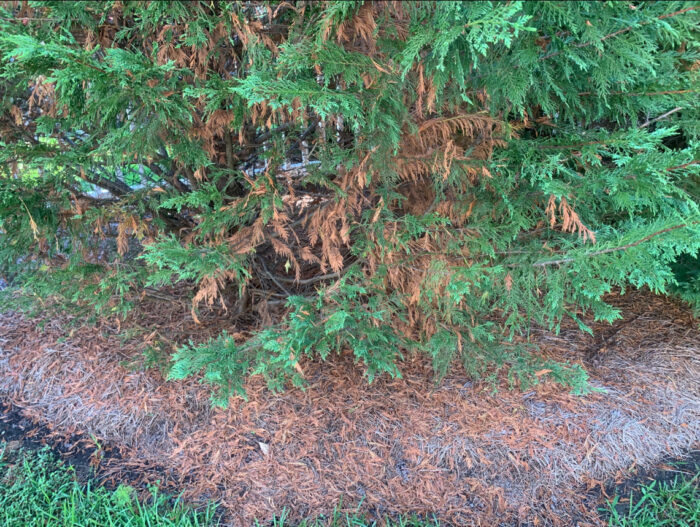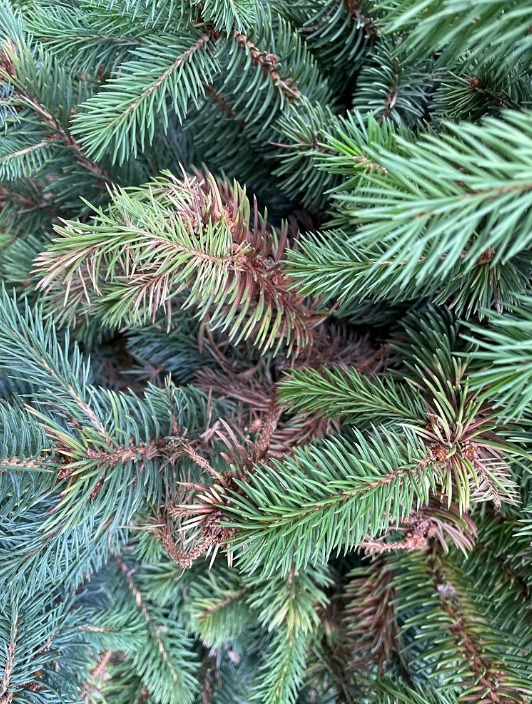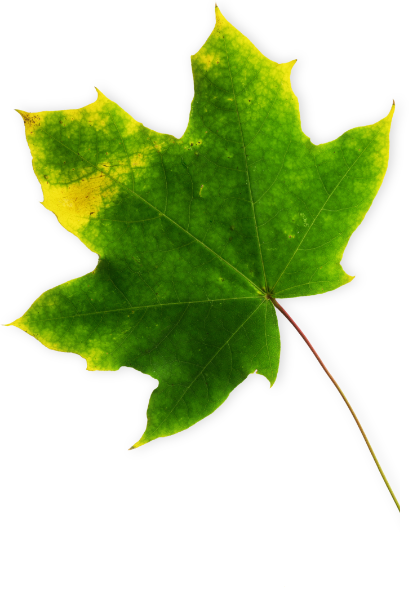As the seasons change, it’s easy to assume that evergreens—those steadfast trees that stay green year-round—never shed their needles. But if you’ve noticed a layer of brown needles beneath your pines, spruces, or arborvitae this fall, don’t worry! What you’re seeing is a completely natural process called seasonal needle drop in evergreens, and it’s an important part of your tree’s healthy growth cycle.
Why Do Evergreens Drop Needles?
 Evergreens don’t keep their needles forever. Each needle has a natural lifespan that varies by species:
Evergreens don’t keep their needles forever. Each needle has a natural lifespan that varies by species:
- White pine: Needles typically live for 2–3 years.
- Spruce and fir: Needles often last 4–10 years.
- Arborvitae: Scales can persist for several years before shedding.
As older inner needles age, they lose efficiency and are eventually shed to make room for new growth. In fall, shorter days and cooler temperatures trigger trees to begin this shedding process—much like how deciduous trees drop their leaves.
What You’ll See
Natural needle drop usually affects the older, inner needles closest to the trunk, not the fresh green growth at the branch tips. These inner needles often turn yellow or brown before falling. The color change can look alarming at first, but as long as the outer needles remain green and healthy, your tree is just going through its normal seasonal cycle.
You might notice this more heavily on white pines, which can shed large clusters of older needles in a short period of time. For a few weeks, it may even look like the tree is thinning out—but don’t be fooled. By spring, your evergreen will be full and vibrant again.
When to Be Concerned
 While natural needle drop in evergreens is normal, excessive browning or needle loss at the branch tips (the newest growth) could signal a problem such as:
While natural needle drop in evergreens is normal, excessive browning or needle loss at the branch tips (the newest growth) could signal a problem such as:
- Drought stress
- Root damage or compaction
- Needle cast diseases (pictured)
- Insect pests like spider mites
If you’re unsure whether what you’re seeing is natural or a sign of trouble, it’s always wise to have one of our professional arborists take a look. A trained eye can distinguish normal seasonal changes from early signs of stress or disease.
How to Support Healthy Evergreens
You can help your evergreens thrive year after year with a few simple care practices:
- Mulch properly: Maintain a 2–3 inch layer of organic mulch around the base (but not against the trunk) to retain moisture and protect roots.
- Water during dry spells: Even in fall, trees benefit from consistent moisture. Deep watering before winter helps prevent stress.
- Avoid over-fertilizing: Excess nitrogen can promote weak, lush growth that’s more susceptible to winter injury.
- Schedule regular inspections: Preventative plant health care can catch potential issues before they become serious.
A Sign of a Healthy Tree
In short, fall needle drop in evergreens is one of nature’s ways of keeping evergreens strong and efficient. So, if you see a carpet of brown needles beneath your trees this season, take it as a sign that your evergreens are doing exactly what they’re supposed to do—preparing for another year of growth.
Schedule a tree and shrub inspection with Natural Tree & Lawn today and give your landscape the professional care it deserves!
